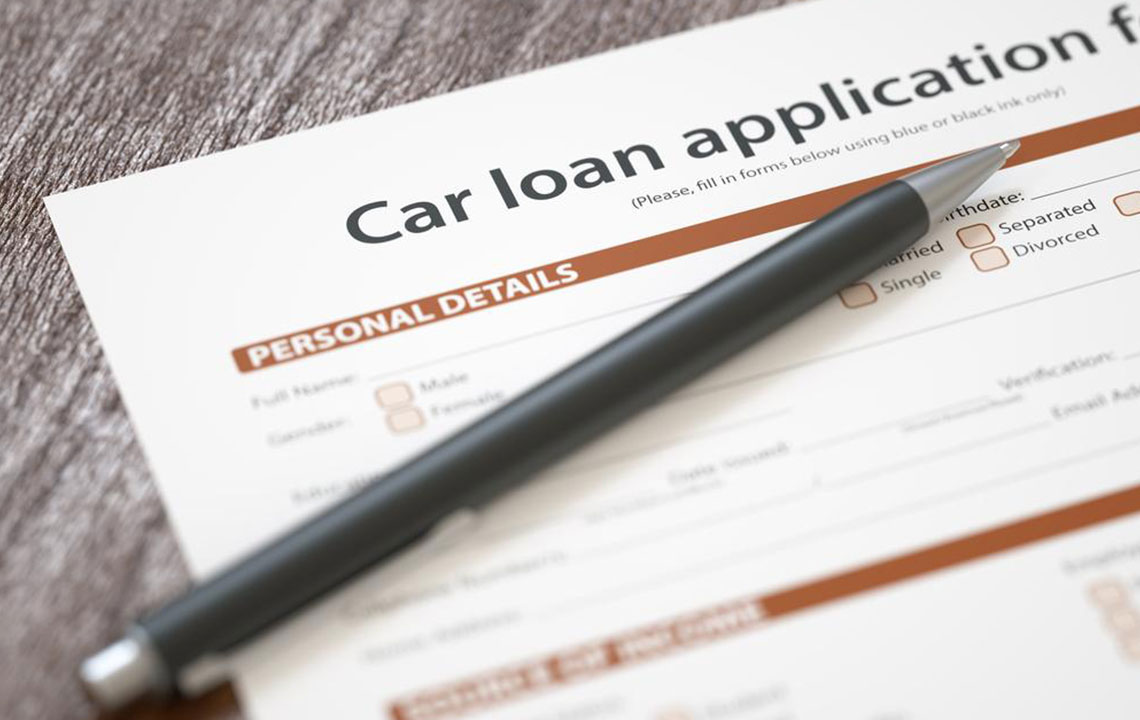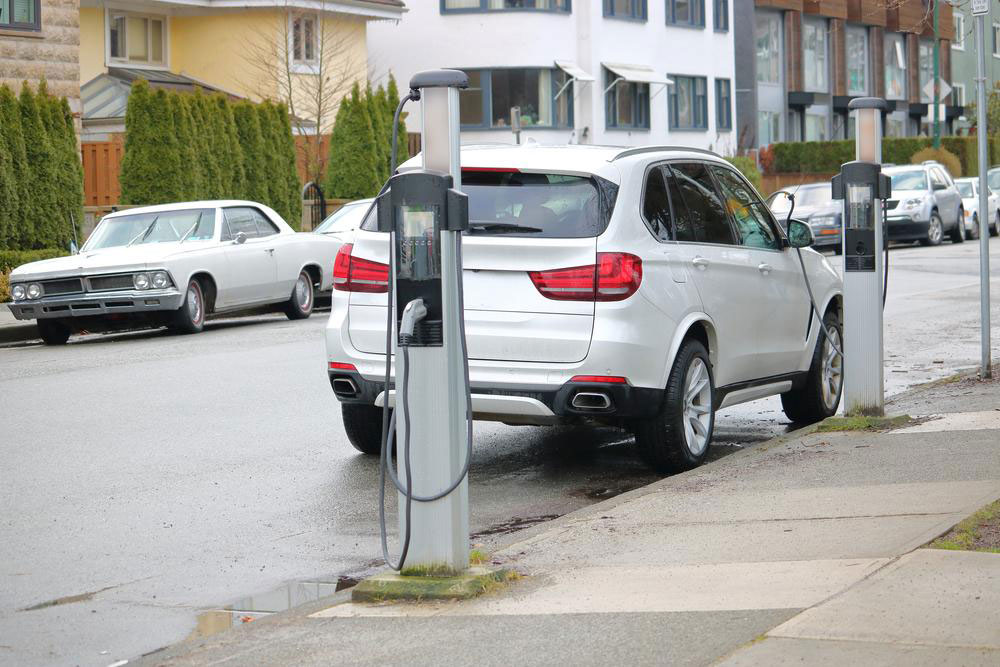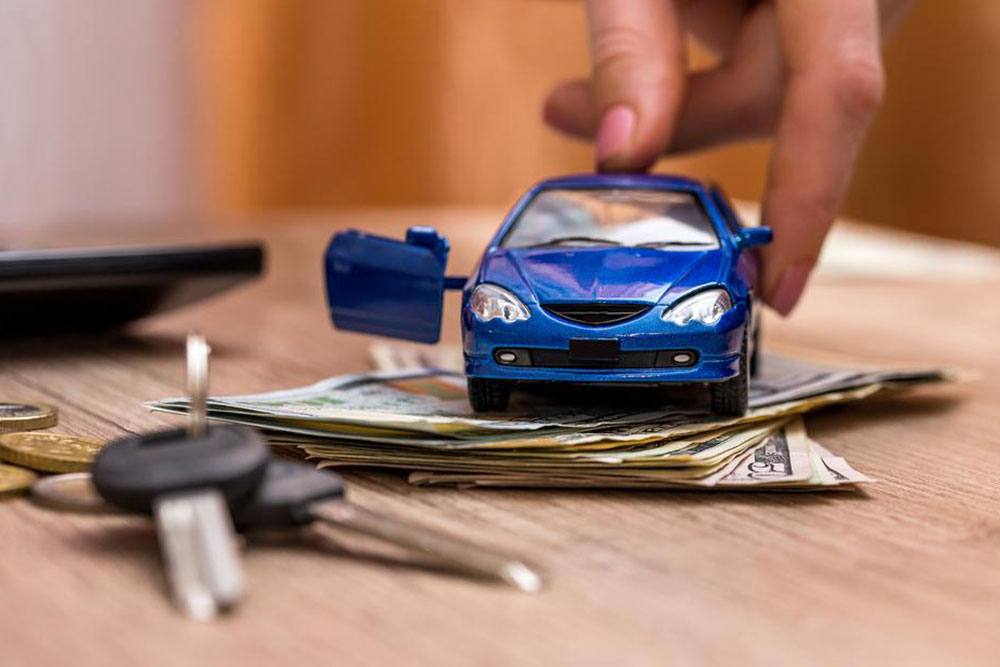Comprehensive Guide to Car Loan Defaults and Repossession Procedures
This comprehensive guide explores the detailed process of car loan defaults and repossession, including legal procedures, borrower rights, and ways to mitigate financial impact. Understanding these aspects can help vehicle owners manage their obligations effectively and avoid unnecessary loss of their vehicle.

Comprehensive Guide to Car Loan Defaults and Repossession Procedures
Owning a vehicle significantly enhances daily life by facilitating efficient travel, errands, and commuting. For many, purchasing a car involves securing an auto loan, which spreads the cost over time. However, missed payments, financial difficulties, or neglecting insurance requirements can lead to defaulting on the loan agreement. Such defaults carry serious implications, including the risk of repossession by the lender. Understanding the entire process—from the default to potential repossession and eventual sale—is crucial for both vehicle owners and those considering taking out auto loans.
Vehicle financing is a common necessity, but it comes with responsibilities. If borrowers fail to meet their payment obligations within the stipulated period, banks and lending institutions typically initiate default procedures. Usually, after a specified grace period—often 15 to 30 days—the lender considers the loan delinquent. Once in default, the lender has the legal right to repossess the vehicle, which involves retrieving the car through legal and procedural steps outlined by state and federal laws.
The repossession process generally begins with the lender sending notices to inform the borrower of the defaults and the impending action. This period usually offers a chance for the borrower to rectify the situation, such as making late payments or discussing alternative arrangements. If the borrower does not respond or fails to cure the default, the lender may proceed to repossess the vehicle without prior court approval in most cases, depending on state laws and the specifics of the loan contract.
Once the vehicle is repossessed, the lender temporarily holds it while determining the vehicle's value and preparing for sale. Repossession laws typically require the lender to notify the borrower about the repossession and subsequent vehicle sale, including details such as the sale method and timing. This transparency allows borrowers an opportunity to buy back the vehicle, a process known as redemption, by paying the total owed amount—comprising the remaining loan balance, repossession costs, storage fees, and other applicable charges.
In some states, laws permit the ‘reinstatement’ of the loan, which provides the borrower a final chance to regain ownership by settling overdue payments and associated charges before the vehicle is sold. The process often involves paying all missed installments, late fees, and expenses incurred during repossession. If the owner manages to reinstate the loan, they can retain ownership of the vehicle, though additional conditions may apply.
When the vehicle is sold—either through auction or private sale—the proceeds are used to cover the remaining debt. In cases where the sale amount exceeds the owed balance, the excess may be refunded to the borrower. Conversely, if the sale does not cover the total debt, the borrower may still be liable for the deficiency amount, which the lender can pursue through legal action.
It's important to note that damage to the vehicle during use, whether from accidents, neglect, or misuse, can significantly decrease its market value. This depreciation increases the financial responsibility of the borrower if the vehicle is repossessed, especially if sales proceeds do not fully cover the outstanding loan balance. Additionally, tales of repossession can impact credit scores, making future borrowing more difficult and expensive.
Understanding the detailed processes surrounding car loan defaults and repossession can help vehicle owners navigate challenging financial situations more effectively. Proactively communicating with lenders, seeking legal advice when necessary, and exploring options such as loan modifications or refinancing can sometimes prevent repossession or reduce its impact. Educating oneself about local laws and rights related to repossession is equally essential, as legal protections vary across states.
In conclusion, while defaulting on a car loan can lead to repossession and financial consequences, being informed about the process provides individuals the opportunity to take preventative measures. Whether through proactive communication, legal assistance, or financial planning, understanding how repossession works empowers borrowers in managing their vehicle-related debts more effectively, minimizing losses, and protecting their credit health in the long term.





